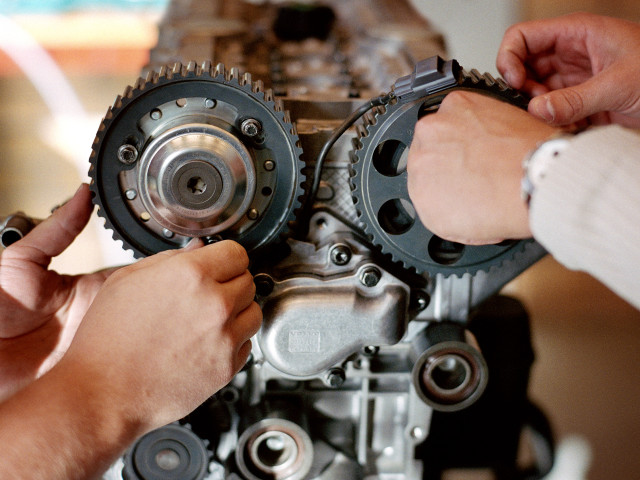The course intends to provide the students with relevant knowledge of the driving forces for energy in the built the environment. The course first discusses the role of the buildings and the cities, why it is one of the most important aspects to reach a sustainable future with a holistic approach to the built environment. The needs of the building are introduced and what these are influenced by (e.g. thermal comfort, air quality, heating and cooling loads). The effect of how these needs are related to climate impact are covered. Thereafter, sustainable buildings and relevant concepts are introduced and discussed for certification of buildings. The first part also studies the building from the perspective of the city, what are the consequences and the advantages, can one utilise the energy more efficient by means of nearby buildings, can they make use of one another?
The other part of the course focuses on the energy systems in buildings, with special emphasis on understanding of system properties and performance. This part of the course introduces requirements of thermal comfort and indoor air quality, supply of these through the technical systems (different types of distribution systems and production sites). Since the requirements of the building now are known, the expected annual energy and peak effect requirements will be examined (through study of energy transport through the different parts of the building). The student will be aware of the effect of the design of the building (e.g. windows, walls) and how it can change the energy requirements in buildings.
The third part of the course then focuses on production (energy transformation) units that are used to meet the energy requirements. Special focus is on solar energy systems and mechanical heat pump and cooling systems, but other types of production units are also briefly discussed (e.g. boilers, district heating and cooling systems). Furthermore be discussed how the design and the dimensioning of these units can influence the general performance of the building.
The final segment of the course will focus on the distribution systems of the building, i.e. the systems that are used to move the energy that is converted in the production units to the different zones of the building, where the needs are. Fluid and air borne systems are treated in this section. Furthermore, storing of heat is an integrated part of fluid borne systems, which is especially important when renewable energy sources are used in the building. Their function will be introduced. Large-scale supply systems in the form of district heating and cooling will also finally be discussed.
